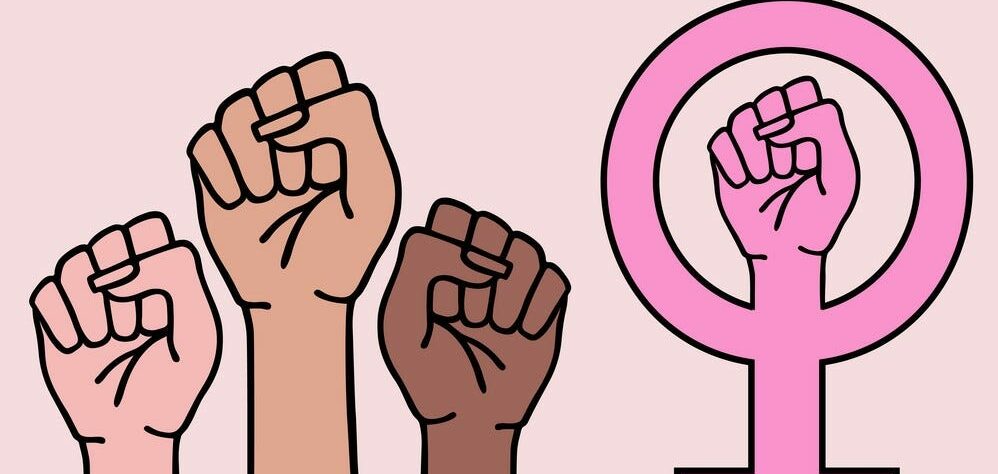What are we doing here, people?
Australia is in the grips of a “baby recession”, which some have attributed to rising cost-of-living pressures and economic uncertainty.
The number of births in Australia dropped to 289,100 in 2023, the lowest recorded since 2006, analysis from KPMG Australia showed.
Since 2006, Australia’s population has increased by over 6 million, almost entirely from immigration.
The pandemic baby boom is over, with 26,000 fewer births last year compared with the 2021 spike and an overall 4.6% year-on-year decline.
Terry Rawnsley, an urban economist at KPMG, said economic uncertainty after the pandemic and stretched household budgets in a cost-of-living crisis meant many families delayed having children or put off having more kids.
“We haven’t seen such a sharp drop in births in Australia since the period of economic stagflation in the 1970s, which coincided with the initial widespread adoption of the contraceptive pill,” he said.
Fertility rates were lowest in CBDs and surrounding inner suburbs while the highest number of births in capital cities were often in greenfield areas, the analysis showed.
Sydney births fell 8.6% from 2019 and Melbourne’s dropped by 7.3%.
There was a 6% decline in Perth, 4.3% in Brisbane, 0.8% in Adelaide and an overall drop of 3.6% in the Northern Territory.
However, there was no change in Canberra, and Tasmania experienced a 2.1% bump compared to 2019.
…
The overall fertility rate has dropped in recent decades, falling from two babies per woman in 2008 to 1.6 in 2023.
It’s not good.
Women in Australia used to be normal until relatively recently
